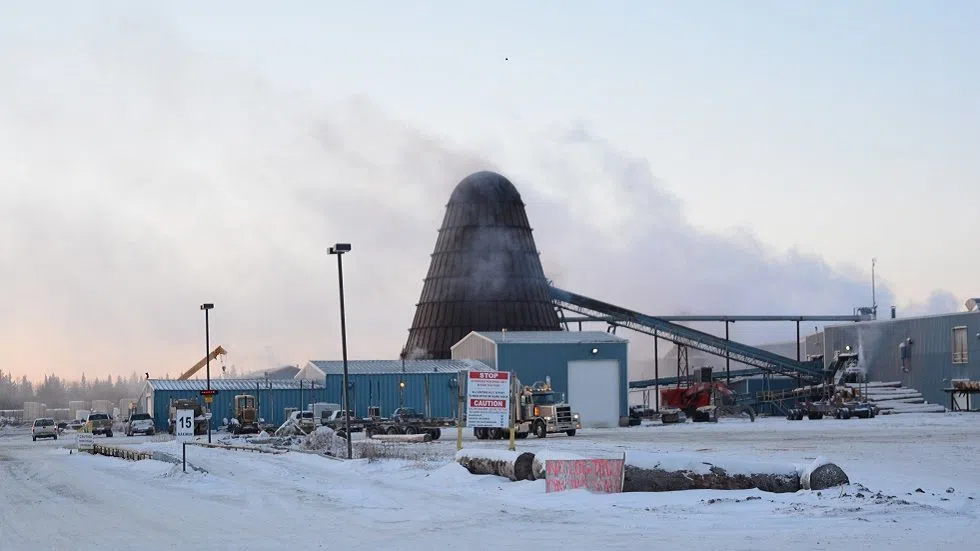
U.S. softwood tariffs challenge NorSask
Recent changes to tariffs on softwood lumber will have a significant impact on Canadian lumber producers, but Meadow Lake’s NorSask Forest Products is up to the challenge, according to CEO Al Balisky.
Exports to the U.S. make up for over half of NorSask’s sales, and with the recent changes, they will be paying an extra 20.83 per cent tax on all sales into the U.S. for the locally-owned company.
“Tariffs mean costs to the lumber producers,” Balisky said. “We can counteract the tariff by ensuring that we are competitive with our peers in the Canadian forest industry.”
The company plans on staying competitive by improving operational efficiencies, upgrading to new technology and equipment, and striving to keep labour costs down. Balisky mentioned one upside to the tariffs is an overall increase in lumber prices.


